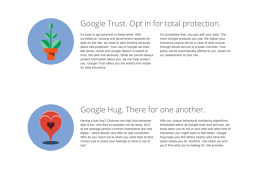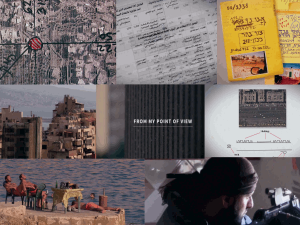One of the most distinctive photos from the Camp was the one of the red aerial photography kite taken from a boat on Lake Orta. Hagit Keysar, who brought the kite to the Camp, has had a big year: only four other Campers have starred in a documentary film! Hagit was one of the information-activists profiled in our film From My Point of View in the Exposing the Invisible series, in which she shares her journey of using visual methods to document and expose housing demolitions in Palestine.
More recently, Hagit has been working on opening up architecture. Her work at Public Lab open sources the architectural model as a way of encouraging communities’ participation in urban issues. This practice of ‘civil architecture’..
“is a developing field which brings forth an alternative to top-down mechanisms of urban planning which are led by the capitalist logic of economic growth, professional knowledge and structural power relations. Rather than accepting the need for hierarchical structures in knowledge and space formation, the ideas of civil architecture open up possibilities to develop dynamic and collaborative processes based on networks of knowledge and action.”
Read more about civil architecture and Hagit’s new work on the Public Lab website.


